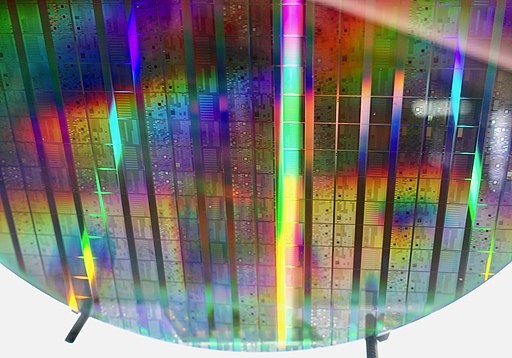
Quantum computing shows potential in revolutionizing the way we process information. Quantum computers hold the key in solving complex problems with their ability to perform calculations at an unprecedented speed. Still, one of the biggest challenges in maximizing the full potential of quantum computing is the development of a quantum internet.
Working at the Quantum Scale
In computing, a bit can be thought of as anything that has two different physical states, like "on" and "off" to represent zero and one. In the ultra-small world of quantum mechanics, a qubit has the extra property of being in a superposition of the two states instead of being in only one of these two states. This means that a qubit can be in both of those states at the same time.
Multiple qubits that get entangled, or correlated with each other, can deliver more information than the bits used in conventional computing. Because of this, multiple qubits can allow quantum computers to perform complex functions that cannot be done by conventional one.
Quantum information existing in the form of quantum bits, or qubits, gets easily disrupted by environmental noise, such as magnetic fields, which destroys the information. Because of this, it is somehow desirable to have qubits that do not interact strongly with the environment, but those qubits should also strongly interact with light in order to carry the information over distances.
Harnessing the Potential of Microchiplet
At the Massachusetts Institute of Technology, researchers collaborate with experts from the Cambridge University to allow both properties of qubits. This was made possible by co-integrating two different kinds of qubits that work in randem to save and transmit information. The result of their study is reported in the paper "A diamond nanophotonic interface with an optically accessible deterministic electronuclear spin register."
Led by Jesus Arjona Martinez, the research team combined a qubit known for interacting easily with light with a qubit that is very isolated, preserving information for a long time. Electronic qubit is very good at interacting with the environment, while the nuclear qubit is not.
By combining them, the experts believe that they can get the best of both worlds. The electronic qubit whizzing along in the diamond can get stuck at the tin defect, and transfer its information to the nuclear qubit.
The device has been built and tested to allow the fast and efficient flow of information over large distances. Also known as "microchiplet", the device is made of diamond where the carbon atoms are replaced with atoms of tin. It consists of waveguides to allow light to carry the quantum paradox.
The study demonstrates the feasibility of integrating electronic and nuclear qubits in a microchiplet. Such kind of integration addresses the challenge of preserving quantum information over long distances while maintaining strong interaction with light.
The experiment indicates that the device can solve a paradox that has stymied the arrival of large, scalable quantum networks. The work described in this study involves experiments with one device. According to Martinez, there could be hundreds or thousands of these on a microchip to enable large-scale integration of the device.
RELATED ARTICLE : Quantum Computing Breakthrough? Microsoft Reportedly Hits First Milestone in Supercomputer Creation
Check out more news and information on Quantum Computing in Science Times.
© 2025 ScienceTimes.com All rights reserved. Do not reproduce without permission. The window to the world of Science Times.











